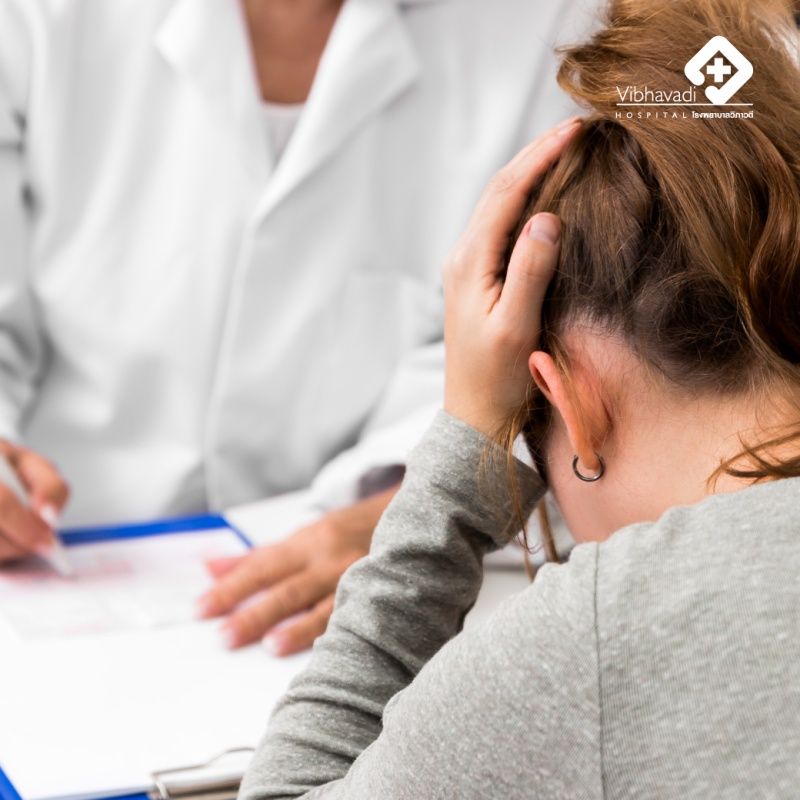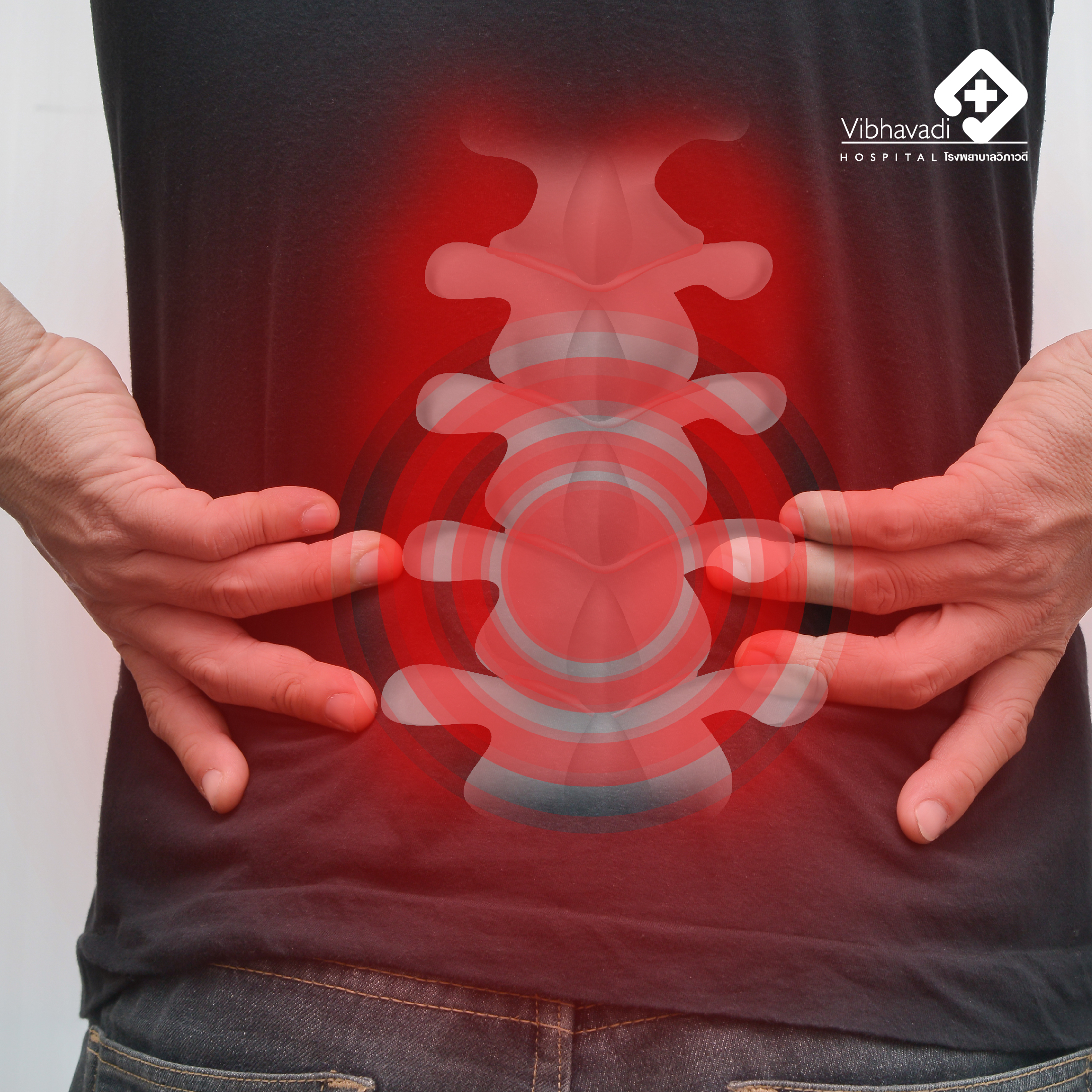
How to count ovulation days
Many women have questions like this in their minds: How do I know when I'm ovulating? Whenis the best time to have sex in order to conceive?
However, before you start counting days until ovulation, it's important to understand your menstrual cycle. The menstrual cycle is the shedding of the uterine lining and typically occurs every 28 ± 7 days. Some women may have shorter cycles of 21 days or longer cycles of 35 days. The time from
ovulation to the first day of the next menstrual period is relatively constant at 14 ± 2 days. Therefore, the length of your menstrual cycle depends on the time it takes for the egg to mature and be released. You should keep track of the first day of your period every month to estimate when you will ovulate, the best time to have sex, or to help with birth control if you don&want to become pregnant.
The menstrual cycle is controlled by the hormones FSH (follicle-stimulating hormone) and LH (luteinizing hormone), which are secreted bythe pituitary gland in the brain. During the early
phase of the menstrual cycle, FSH is secreted in high amounts to stimulate the growth of follicles
and eggs. Initially, several eggs will start to grow, but only one will be selected to continue
developing while the rest will degenerate. As the egg grows, the follicle produces the
hormone estrogen, which thickens the lining of the uterus. As the cycle progresses and the egg
approaches maturity, the pituitary gland secretes LH to trigger ovulation. The mature follicle
ruptures, and the egg is released from the ovary, which is called "ovulation."
The egg then travels down the fallopian tube towards the uterus. If sperm are present and
fertilize the egg, it will divide and continue to travel to the uterus, where it will implant in the
uterine lining and develop into a fetus. The left over egg “sac” or the corpus luteum will be
responsible for producing progesterone which keeps the uterine lining thick for implantation.
This process takes approximately six days from ovulation to implantation. If the egg is not
fertilized, it will disintegrate, and the uterine lining will shed, resulting in menstruation.
Menstrual Cycle Tracking: It is the process of counting the days from the
first day of one period to the first day of the next period. Women with regular periods can use this
method to estimate when ovulation occurs. To do this, they record the first day of their period
and count back 14 days. This is the day they are likely to ovulate or when the egg is released. For
example, if the menstrual cycle is 28 days, ovulation is likely to occur on day 14 of the cycle,
and if the cycle is 30 days, ovulation is likely to occur on day 16. Women with irregular periods
may have difficulty tracking ovulation using this method. Currently, there are ovulation test kits availablethat measure the level of LH in urine. LH levels increase as ovulation approaches and peak on
the day of ovulation (LH surge). The test kit shows a faint line that gradually becomes darker as LH levels increase, indicating that ovulation is approaching. It is recommended to have sexual intercourse more frequently during this period. The test kit will show a negative result after ovulation has occurred. If pregnancy is not detected, a blood test may be needed for a more accurate result.














